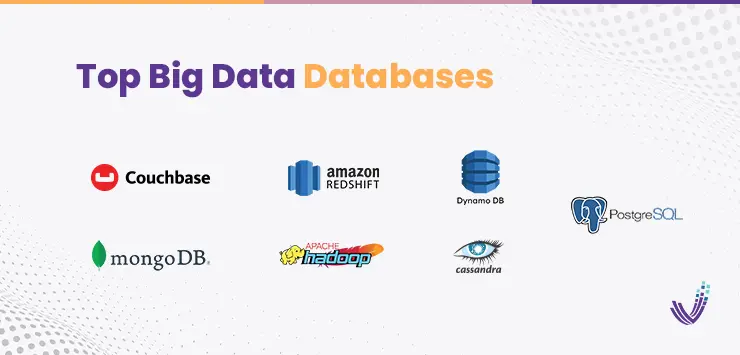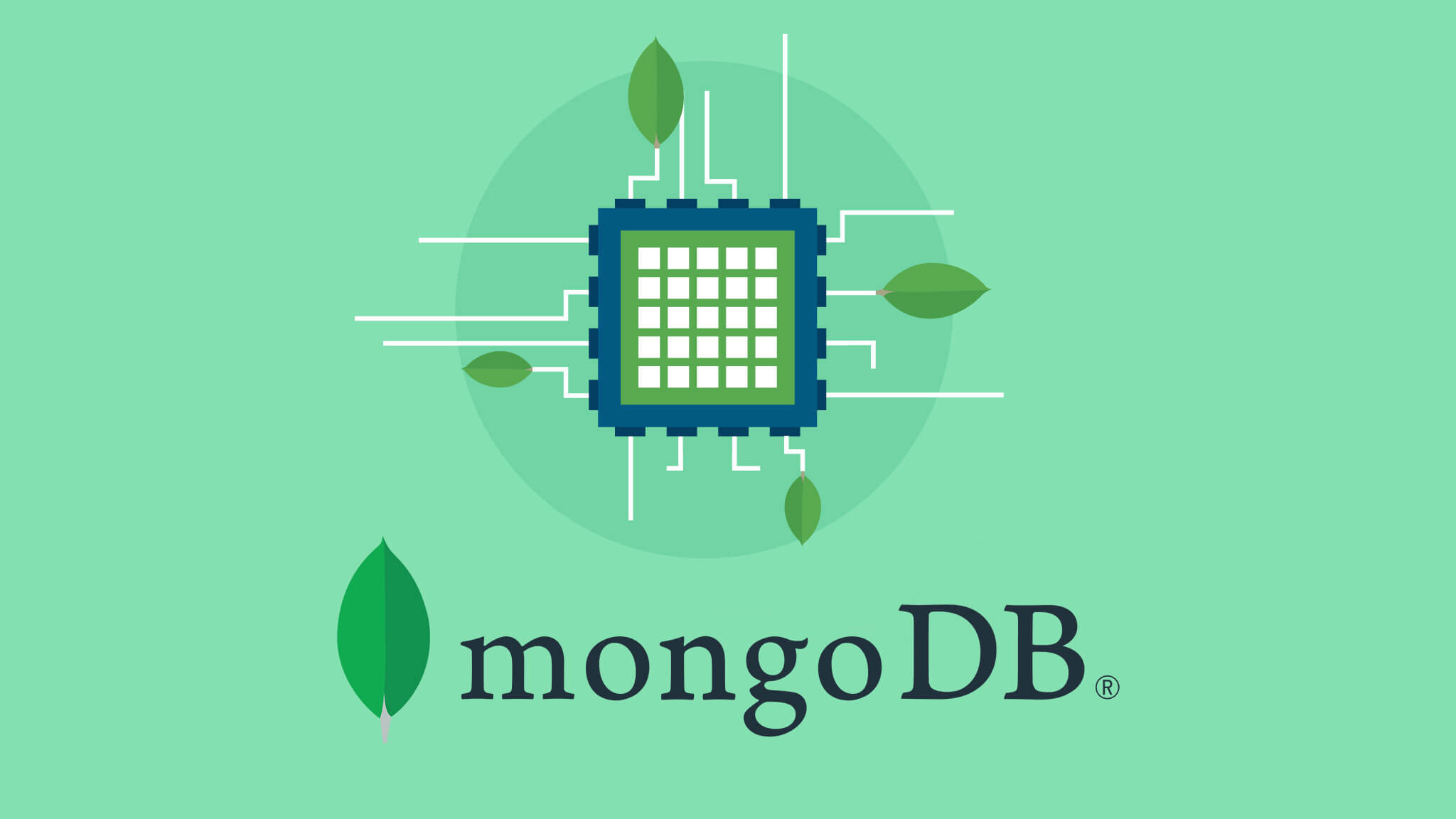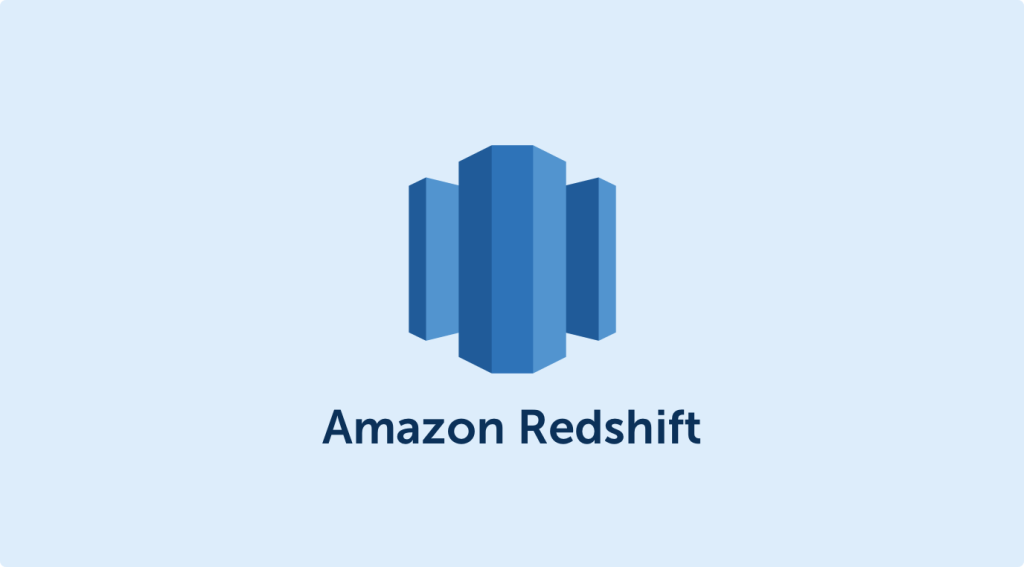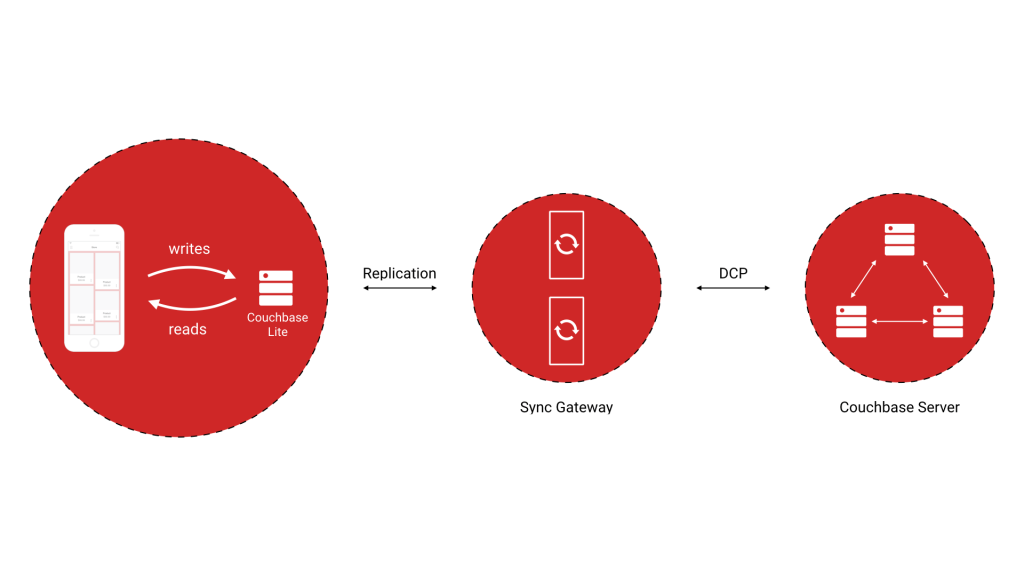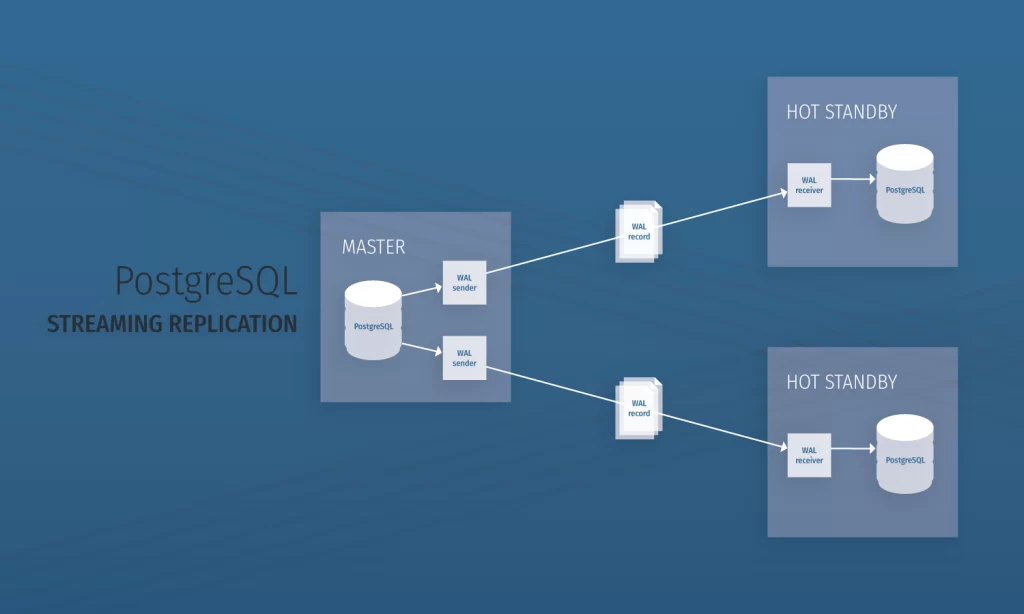Big data is now widely accepted in various parts of the world, and businesses have a wide variety of database options to choose from. The best choice for each business depends on their needs and the size of their data set. Whether it is from retail, healthcare, manufacturing, or otherwise, big data databases can set a lot of it straight.
In this blog post, we’ll share seven of the best big data databases available today for enterprises, so you can make an informed decision for your business. So, without delaying it further, let’s get into it.
Top 7 Databases for Big Data
1. Apache Hadoop
Apache Hadoop is a powerful and versatile big data database with an expansive suite of features. It offers advanced scalability, availability, and security that make it ideal for both small to large-scale enterprises.
Its distributed storage architecture supports massive data sets, while its multi-tenant model allows users to process various workloads in parallel. Moreover, Apache Hadoop has a vibrant open-source community that provides access to valuable technical expertise, development resources, and online support channels.
Because of its amazing features and functionalities, Apache Hadoop is indeed a prominent choice for organizations looking for a robust database for their big data needs this year. You can easily find data warehousing consultants to set up and operate your database efficiently.
2. MongoDB
MongoDB has grown in popularity as a big data solution rapidly due to its user-friendly document structure and scalability. It’s well-known for supporting development while also revolutionizing the way companies access, store, and process massive amounts of data.
Through its cloud-based support backed by some of the most powerful servers available right now, it’s no wonder why MongoDB has become one of the go-to options when it comes to managing large data sets.
Not only is it great for high availability, but it also provides robust transactions that are necessary for today’s businesses in the ever-competitive market. MongoDB certainly deserves its spot among the top databases to consider when looking at reliable big data solutions.
3. Apache Cassandra
Apache Cassandra is undoubtedly one of the best big data database systems in the market today. Whether you’re looking for manageability, scalability, or performance—Cassandra offers it all. It’s a distributed database system with high availability, offering an impressive replication and fault-tolerant setup.
Its decentralized architecture allows users to create multiple data centers all over the globe while eliminating any single point of failure sensitivity. Cassandra has also been described as one of the most powerful big data databases for analytics applications, allowing developers to build some advanced features quite easily.
It allows users to build large datasets from small clusters of servers, and with its flexible ability to adjust according to fluid business needs, it’s not a bad choice for choosing a database for big data in 2024.
4. Amazon Redshift
Amazon Redshift is another data warehouse service provided by Amazon Web Services (AWS). It is designed to quickly analyze large amounts of data, making it ideal for businesses looking to gain insights from their data.
Through Amazon Redshift, businesses can store and process their data in the cloud, allowing them to scale as and when needed. Amazon Redshift also provides high-performance SQL query capabilities, allowing businesses to gain insights quickly from their data.
Furthermore, Amazon Redshift’s scalability makes it easy for most businesses to increase or decrease the amount of computing power they need without having to invest in additional hardware or resources.
It also offers enterprise-grade security features such as encryption for transmitted and stored data, user authentication and authorization, monitoring of user activities, and audit logging, which makes it an ideal choice for businesses looking for an efficient way to store and evaluate huge volumes of data in the cloud.
5. Couchbase
Couchbase is an enterprise-level NoSQL database system that has earned the trust of some of the world’s largest companies. It includes a distributed, key-value store built on top of open-source components such as Apache Lucene and Apache Geode.
It offers unparalleled scalability, high availability, and performance and is an ideal choice for enterprise-scale big data applications. The integrated caching and advanced techniques used in this database ensure that developers can quickly and efficiently retrieve data in real-time while meeting strict security requirements.
On top of its functionality and scalability, Couchbase allows the flexibility to scale up or down on demand to meet varying needs across multiple computing environments. Companies that value their data privacy and need robust performance capacity should strongly consider investing in Couchbase.
6. PostgreSQL
PostgreSQL is among the most known open-source options for big data databases, making it a great tool for businesses looking to store and access large volumes of data. Companies around the world are now using them to optimize their operations and manage large volumes of data.
Offering an array of features such as server programming capabilities and ACID compliance, PostgreSQL provides fast and reliable performance with scalability that can adapt to growing bandwidth needs.
The database also offers tools for replication and failover, making it a strong option for organizations that need high availability. Security features like advanced encryption standards, user authentication, and a robust SQL language ensure your data stays protected.
7. AWS DynamoDB
AWS DynamoDB is a one-of-a-kind big data database that allows maximum flexibility and scalability for enterprise users. It offers serverless, real-time performance, perfect for microservices and IoT applications. Its flexibility allows the storage of any kind of data, regardless of the structure.
DynamoDB ensures quick deployment times because of its easy-to-use Point and Click query interface as well as recovery from failure points with minor data loss. It also has support for key-value, as well as for document data models.
Moreover, it offers real-time data processing with DynamoDB Streams, which makes the overall operation much more efficient. It also offers on-demand and read-and-write capacity modes, making it among the best databases for big data in 2024.
What is Big Data?
Big Data is the term used to describe a large set of data that cannot be managed or processed using a traditional database or conventional technologies.
It is characterized by its large volume, high velocity, and wide variety of formats (also known as the 3 Vs). Big Data comes from both structured sources such as databases and unstructured sources like social media and weblogs – which then need to be managed.
The sheer volume of data requires organizations to leverage advanced technologies and algorithms to gain meaningful insights from it.
Big Data databases are used by organizations that need access to large datasets in order to make better, faster decisions. These databases allow businesses to store, analyze, and manage large amounts of data quickly, efficiently, and securely.
Using its powerful analytics engines, organizations, and enterprises can uncover valuable insights and trends that might otherwise be impossible to detect and exploit to stay ahead of their competitors.
Big Data has become one of the fastest-growing segments in the technology industry. Businesses worldwide are exploring new ways to leverage data, and many companies have begun to invest in big data databases for their operations.
Types of Big Data
Primarily, there are three types of big data. Let’s quickly have a look at them.
· Structured Data
Structured data is organized in a specific format. This type of data is typically found in databases and can be easily searched, sorted, and analyzed. Structured data is often numeric in nature and can be used to answer specific questions or test hypotheses.
· Unstructured Data
Unstructured data does not have a specific format. This type of data is often unorganized and can be difficult to search, sort, and analyze. Unstructured data can include text, images, audio, and video and needs to be processed before bringing into use.
· Semi-structured Data
Semi-structured data is data that has some structure but is not as organized as structured data. This type of data can be easier to search, sort, and analyze than unstructured data but may not be as easy to work with as structured data. Semi-structured data can include XML files, JSON files, and CSV files.
Significance of Big Data Databases
Big Data, today, is viewed as a catalyst for any company’s success or failure, especially for enterprises. While Big Data databases grow larger in size and complexity, businesses are now using big data to extract powerful insights into customer behavior and preferences, allowing them to make smarter decisions that result in greater growth potential.
Big Data is widely used across multiple industries, such as retail, healthcare, manufacturing, and automotive. It helps companies uncover costly problems with marketing strategies and operations.
Big Data also helps cut costs by identifying wasteful processes within an organization. Using its advanced options, companies are also able to make predictions about future customer behavior on a broader scale by analyzing data collected from surveys, customer relationship management systems, sales databases, and other sources.
Big Data is revolutionizing the way companies do business – helping them unravel new ways and discover horizons that allow them to get ahead. If you are looking for ways to configure and operate big data databases, you can go for IT Staff Augmentation services instead of choosing to hire full-time employees.
Conclusion
In this blog, we looked at the top big data databases in the market and all the discussed options in the market.
Each has its own strengths, from scalability to powerful indexing options and more. Ultimately, it boils down to examining your own needs and goals as an organization before deciding what solutions best meet them.
When it comes time to select a database for big data in 2024, we hope this article provides you with the clarity and insight you need to make an informed decision. For more, feel free to get in touch to talk to our experts.

